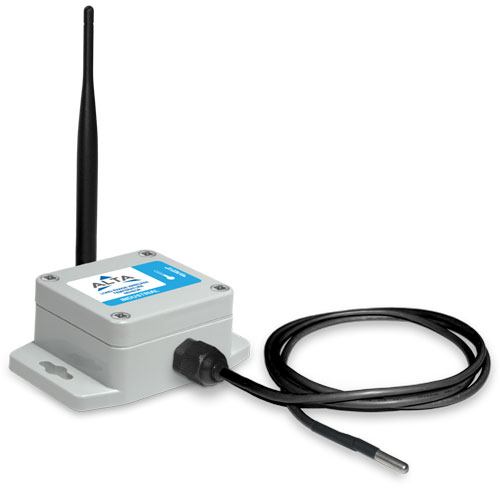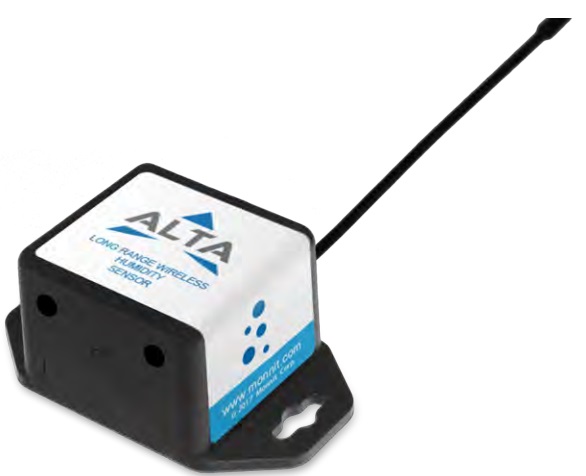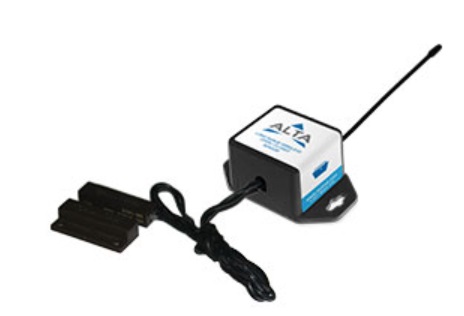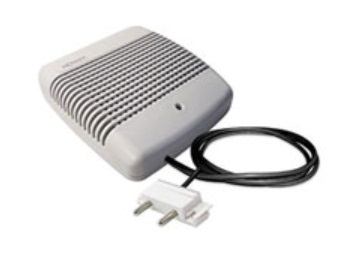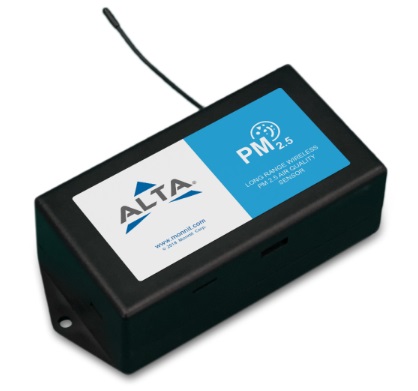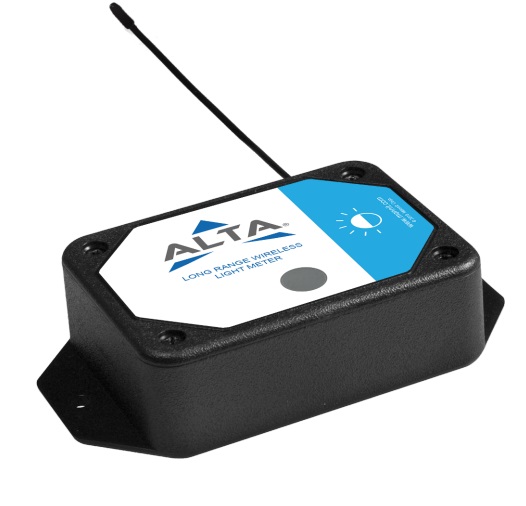Buildings & Museums Monitoring System
UTNT offers a state-of-the-art system to preserve the building’s heritage and protect treasures inside museums. Our system ensures that every artifact, painting, and structural component receives protection from invisible hazards like fluctuating temperature, humidity, and poor air quality. With this solution, you can safeguard the past and preserve it for future generations.

Monitor Buildings & Museums with UTNT
Small changes in temperature or humidity can cause irreversible damage over time. Valuable paintings may crack, ancient manuscripts fade, and building materials weaken, risking years of history. Air quality is crucial, as pollutants silently degrade artefacts and poor indoor conditions affect visitors.
With our monitoring system, you can track key parameters such as
- Temperature: Ensure a stable climate to protect sensitive materials from fluctuations.
- Humidity: Keep moisture levels under control to prevent mould, warping, and degradation of delicate objects.
- Air Quality: Monitoring carbon dioxide (CO2) levels, volatile organic compounds (VOCs), and other pollutants to ensure a healthy environment.
Key Features:
- 24/7 Continuous Monitoring: Our system provides real-time updates on environmental conditions, ensuring round-the-clock protection for priceless collections.
- Instant Alerts: If any parameter goes outside predefined safe limits, you will receive immediate alerts via SMS, email, or phone, allowing you to take quick action to prevent damage.
- Remote Access: You can stay in control from anywhere using an easy-to-use dashboard, monitoring and adjusting conditions on the go.
- Automated Reports: The system generates detailed reports for audits, regulatory compliance, and long-term tracking, helping you maintain optimal preservation standards.
- Energy Efficiency: The system lowers energy consumption by optimizing climate control, without compromising the safety of collections.
Benefits:
- Protect Valuable Items: The system keeps important artefacts and artwork safe by maintaining the right temperature, humidity, and air quality.
- Avoid Expensive Repairs: By preventing damage early, you can save money on costly repairs or restoration.
- Meet Preservation Rules: The system helps you follow industry guidelines with automatic reports and data for audits and inspections.
- Improve Visitor Experience: You provide a safe and comfortable environment for visitors by maintaining proper air quality and temperature.
- Save on Energy Costs: The system reduces energy bills by managing climate control efficiently, while still protecting your collections.
- Peace of Mind: You gain peace of mind knowing your collections and buildings are monitored 24/7, with instant alerts to take action when needed.
For the Buildings & Museums Monitoring System, several sensors are used to maintain the ideal environmental conditions required to preserve artefacts and protect building structures. Here are the relevant sensors:
- Wireless Temperature Sensors:
These sensors help monitor ambient temperatures in museum rooms and storage areas to prevent damage caused by temperature fluctuations. They ensure stable climates for sensitive artefacts. - Wireless Humidity Sensors:
Humidity control is crucial in museums and historic buildings to prevent moisture-related damage such as mould or warping. These sensors monitor relative humidity levels and provide alerts if thresholds are exceeded. - Wireless Light Meters:
Light-sensitive artefacts like paintings and manuscripts can deteriorate if exposed to too much light. These sensors measure light intensity and help maintain safe exposure levels. - Wireless Air Quality Sensors:
These sensors monitor CO2, VOCs (volatile organic compounds), and particulate matter, which are critical to ensuring clean air in areas housing valuable collections. - Wireless Water Detection Sensors:
Water leaks can cause serious damage to both buildings and artefacts. Water detection sensors are installed in areas prone to leaks, such as near plumbing systems, to provide early warnings of potential water damage. - Wireless Open/Closed Sensors:
These sensors monitor access to sensitive areas, ensuring that doors to galleries or storage areas are securely closed and not accessed without authorization. - Motion Detection Sensor: These sensors use passive infrared (PIR) technology to detect motion and activity in warehouse spaces. They help monitor the presence of workers in restricted areas, track movement near refrigeration units, and enhance security by identifying unauthorized access. Motion detection sensors are ideal for detecting activity without compromising confidentiality, making them suitable for both security and operational monitoring.
Wireless Sensors

